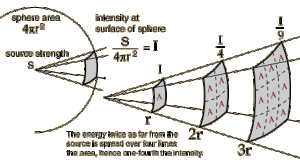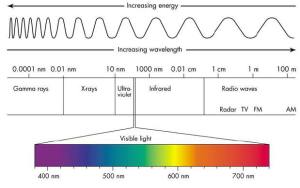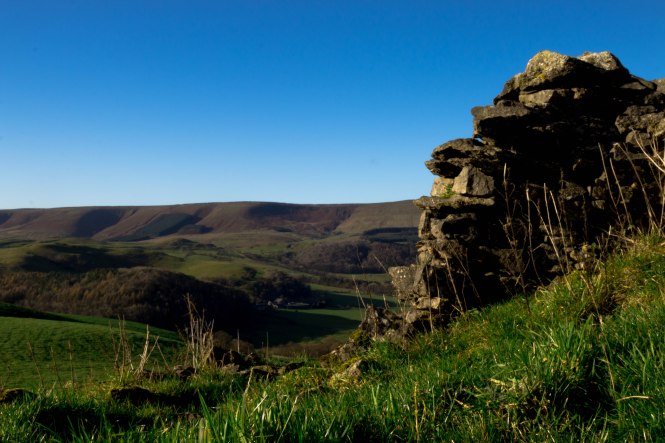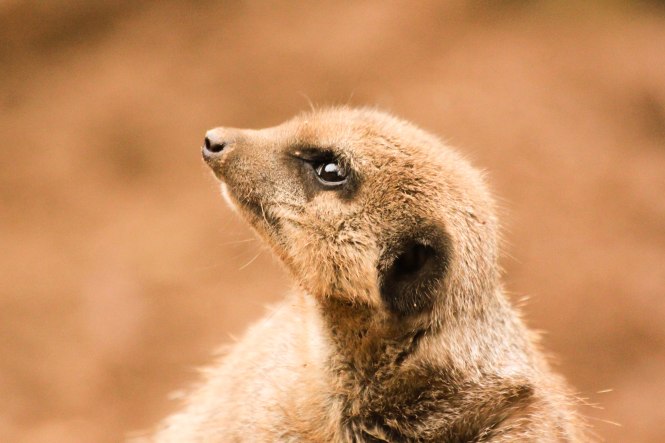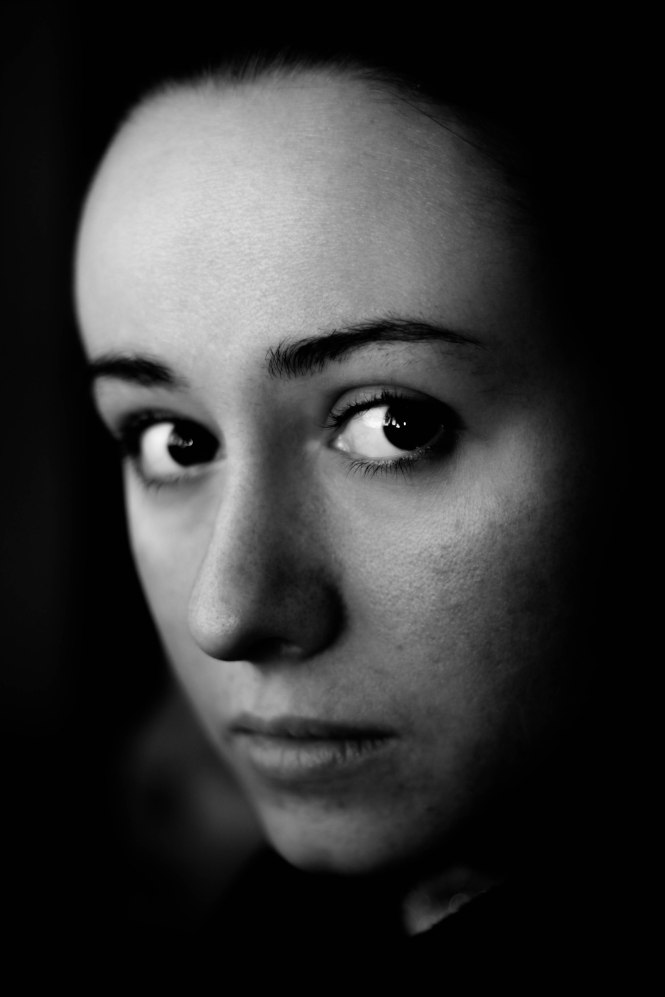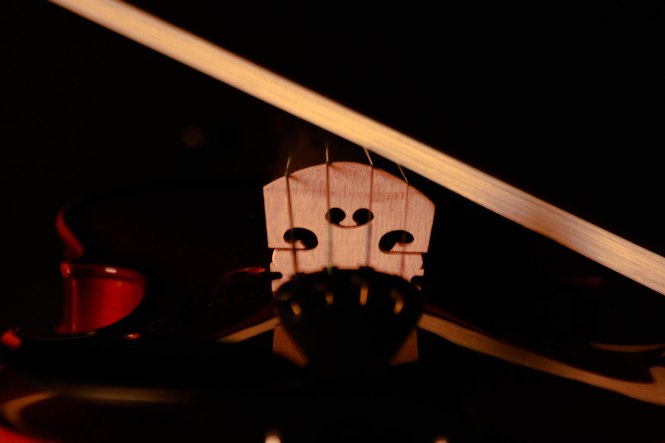Camera: Canon 500D
Focal Length: 50mm
ISO: 100
Shutter Speed: 1/200
Aperture: f/1.8
I wanted to make my Christmas card photograph personal to myself. I think if I was going to send a Christmas card I made it would be personal anyway. I chose to photograph one of my four pet rats. This is Little One, he’s named Little One because we couldn’t come up with a suitable name and he was the smallest of the four, I think we meant to change his name, but Little One stuck. I love my rats, which a lot of people think is quite weird due to the stigma against them. They are beautiful, inquisitive and compassionate animals, not to mention their amazing intelligence. This year was Little One’s first Christmas and I think as a gift to myself, I want to prove how beautiful rats are. They’re not dirty, nor do they spread diseases. It’s quite ironic really, because those who say rats are filthy don’t seem to realise they live in the filth humans have left behind. I realise a picture of a rat isn’t all that christmasy. So I added in a bauble for him to play with while I photographed him. He was generally well behaved and easy to work with. Although his need for attention sometimes outweighed his need for a treat when his behavior was good.
I used a 50mm 1.8 in order to get that beautiful shallow depth of field. I pumped my ISO down to 100 to achieve no noise and I used a fast shutter speed as he is extremely fast if he wants to run away. I also used a flash gun to achieve the lighting and the dark background. Although there was some of the background visible, it was easily edited out in photoshop.



